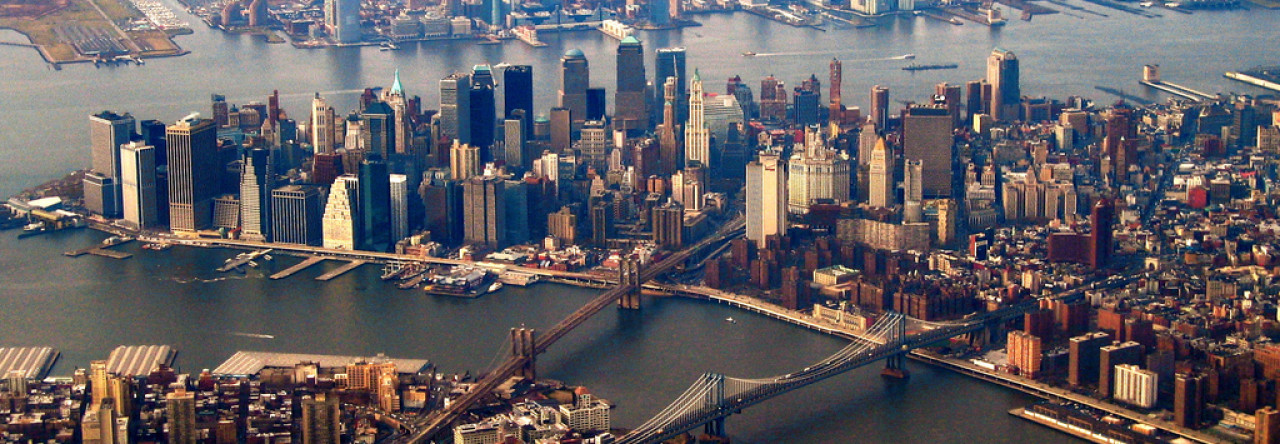This article in today’s New York Times illustrates the absurdity of copyright law as it presently exists. Essentially, by distributing music across campus by analog means (through the existing cable system) and not digital (say, the campus network), folks at MIT are sharing an enormous library of music with the entire campus. And it is all perfectly legal. Why?
In the early 90’s, creative industry lobbyists (i.e., the RIAA, ASCAP, BMI) feared the rise of digital format recorders (especially Minidisc players. Not so scary in retrospect, eh?) and pushed Congress to recognize a new performance right for digital recordings (that had not previously existed for analog recordings). Congress, in awe at the time of all things digital, essentially handed over the bill drafting process to the lobbyists. The lobbyists ensured that any time a digital recording was performed and available in a way that allowed manipulation by the public, a royalty was owed. Not yet having the confidence that it would later develop, the industry did not overreach and attempt to secure the same rights for analog recordings.
And thus was born a great schism in copyright law that rested on nothing more than the format of the original recording.
Makes sense, right?
I didn’t think so.
